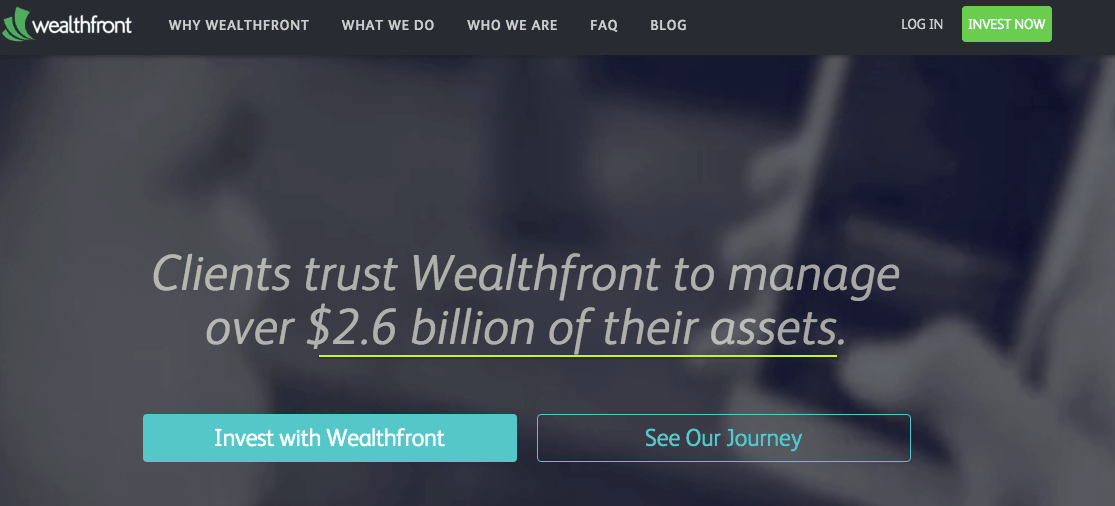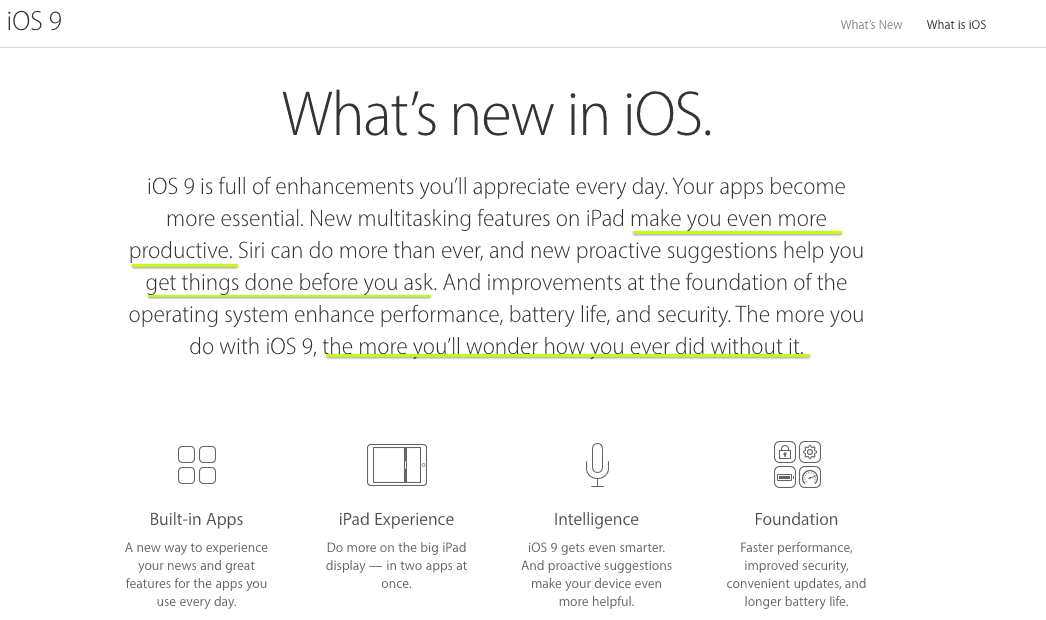“Product Marketing is the art and science of conveying to people what your product can do for them with the goal of engaging, converting and retaining.” [Tweet This]
That quote is one of the best definitions of what product marketing is responsible for. Or to put it another way, if the product team inside of an organization is responsible for building a product, the product marketing team is responsible for packaging and bringing that product to market.
But great product marketing is more than just listing out a bunch of features and functionality. Great product marketing examples find “a viable position inside of a prospect’s mind” as legendary marketer and author Al Ries would say — and that position can be very hard to find.
Here are five examples of brands that are experts at positioning and have product marketing down to a science.
1. New Balance
New Balance is not the only brand that sells sneakers — but year after year they’ve been able to keep selling sneakers despite having to compete with Nike, Adidas and up-and-comers like Under Armour.
How have they been able to do it? They’ve found their niche and how to connect with their audience. New Balance has taken a differentiated position in the market. They dont sell sneakers. They sell classic sneakers — and they are “reinventing how athletic looks.”

How successful would New Balance be if they just sold sneakers like everybody else?
2. Evernote
Evernote is a produt that can be used for almost everything: taking notes, making lists, saving things you don’t want to forget and more.
From a product marketing perspective, that presents a challenge: What actions do we want users to take? Which features should be highlighted?
Instead of getting into the feature wars, Evernote’s message has always been simple and clearly focused on the benefit to the user: “For everything you’ll do, Evernote is the workspace to get it done.

Evernote has grown to over 100 million users since launching in 2007, and without their clear and consistent messaging, they might have been lost in the sea of other “productivity” tools.
3. MailChimp
While the email marketing space isn’t as crowded as the sneaker industry, MailChimp certainly is not the only option.
While MailChimp’s big differentiator is their freemium business model, they rarely lead with price in their marketing.
Instead, they have made one thing clear about email marketing in all of messages: they help you do it better.

This simple message is front and center on their homepage, in search results and in their social profiles.
4. Wealthfront
Wealthfront is an automated investment service: you deposit money, and they automatically invest it.
“We invest your money for you” could have easily been Wealthfront’s leading message, but instead they decided to focus on trust and credibility, highlighting the fact that Wealthfront manages over $2B from clients.

They also frequently highlight the work of two financial experts that they’ve hired full-time on their team, deciding to focus on the benefits (a smart, trusted team) than the features (automated investing).
5. Apple
Apple gets credit for a lot of things, but one thing that they don’t get enough credit for is their product marketing. They have perfected the art of translating features into customer benefits.
Take an update to their operating system like iOS 9 for example. There are literally hundreds of new features that they could try and tell you about, but instead, the message is clear: iOS 9 is all about helping you do more every day.

Apple keeps their messaging focused on benefits and keeps the user at the core of everything they say.
What are some of your favorite product marketing examples?






